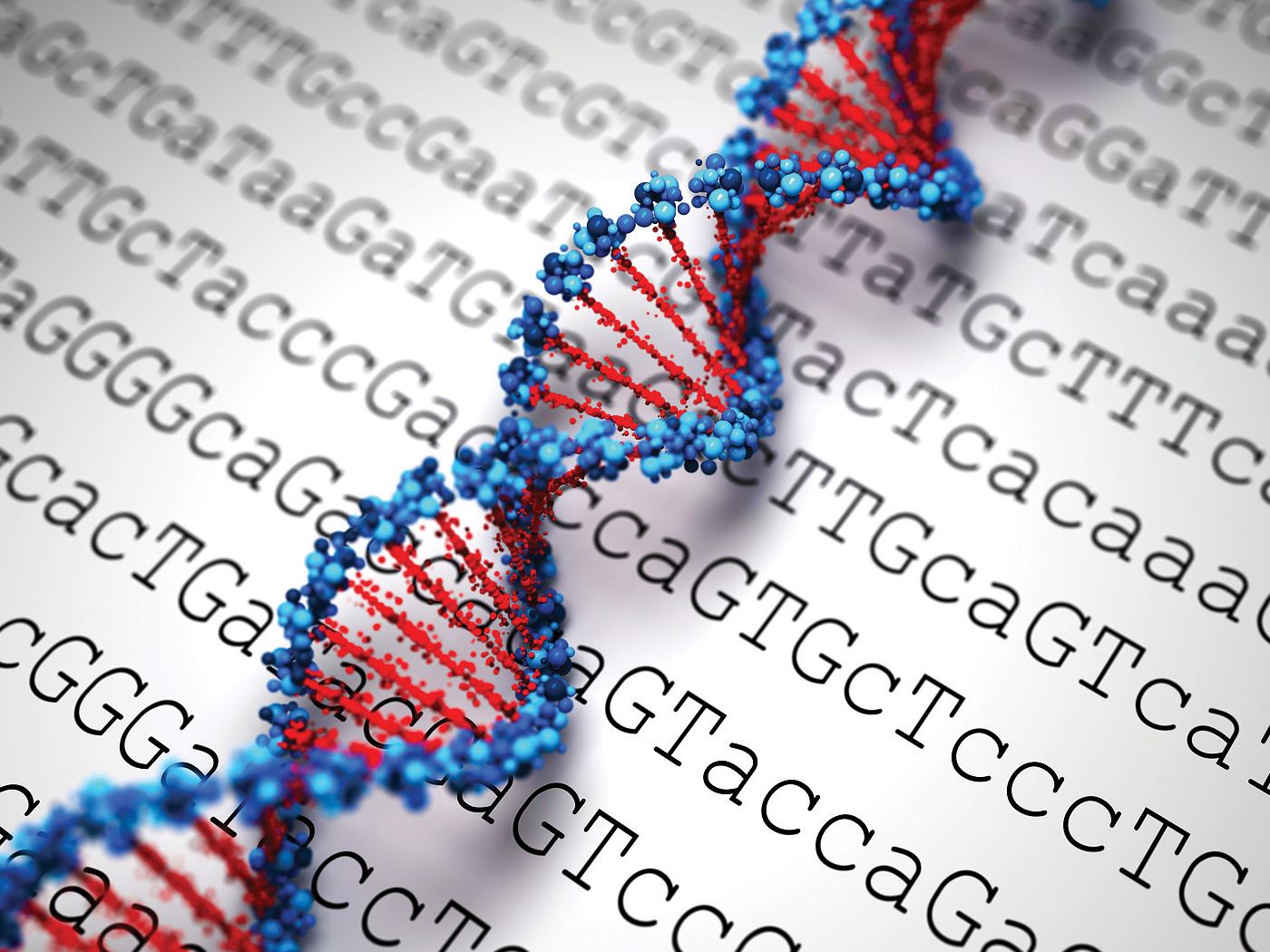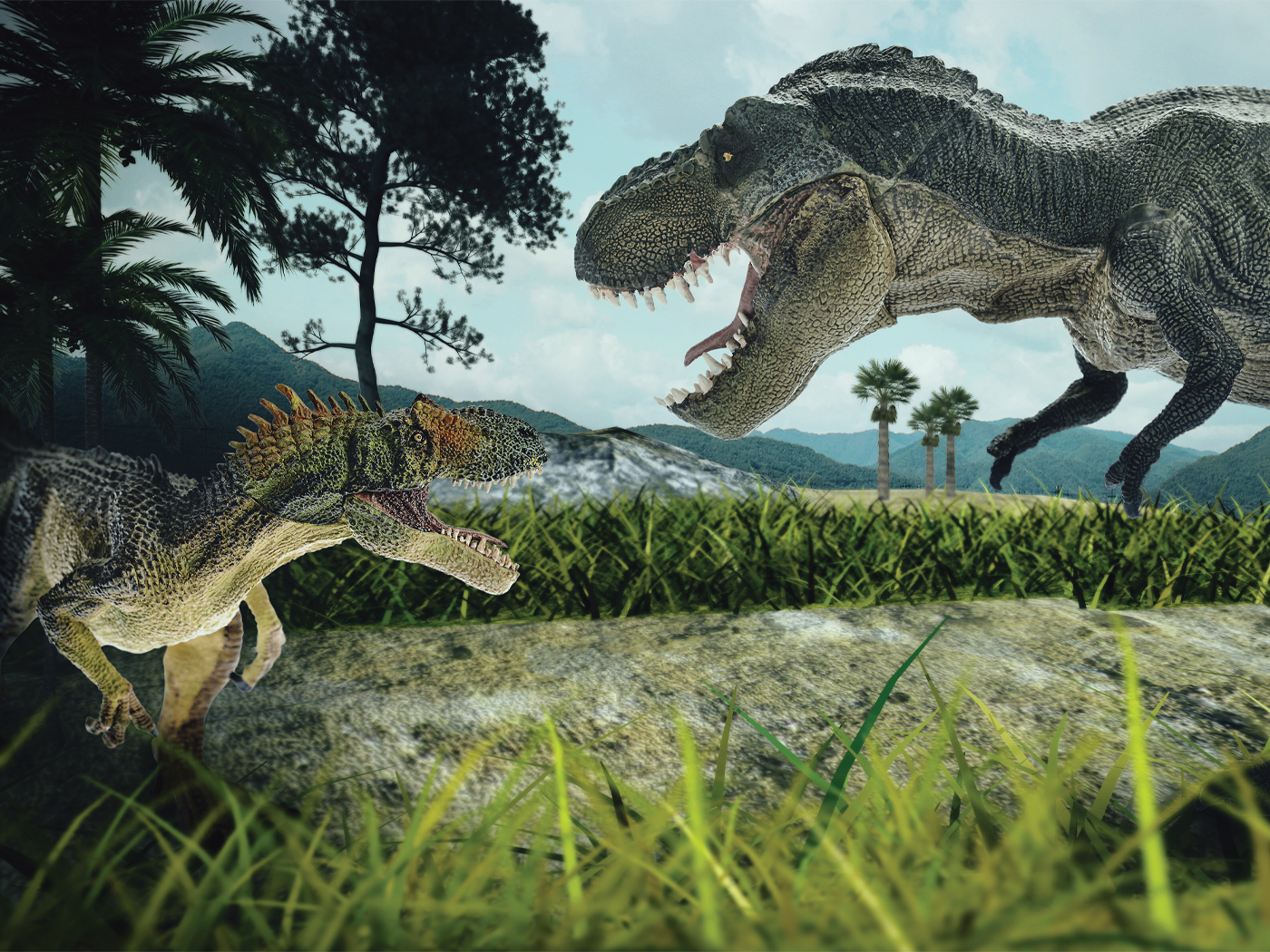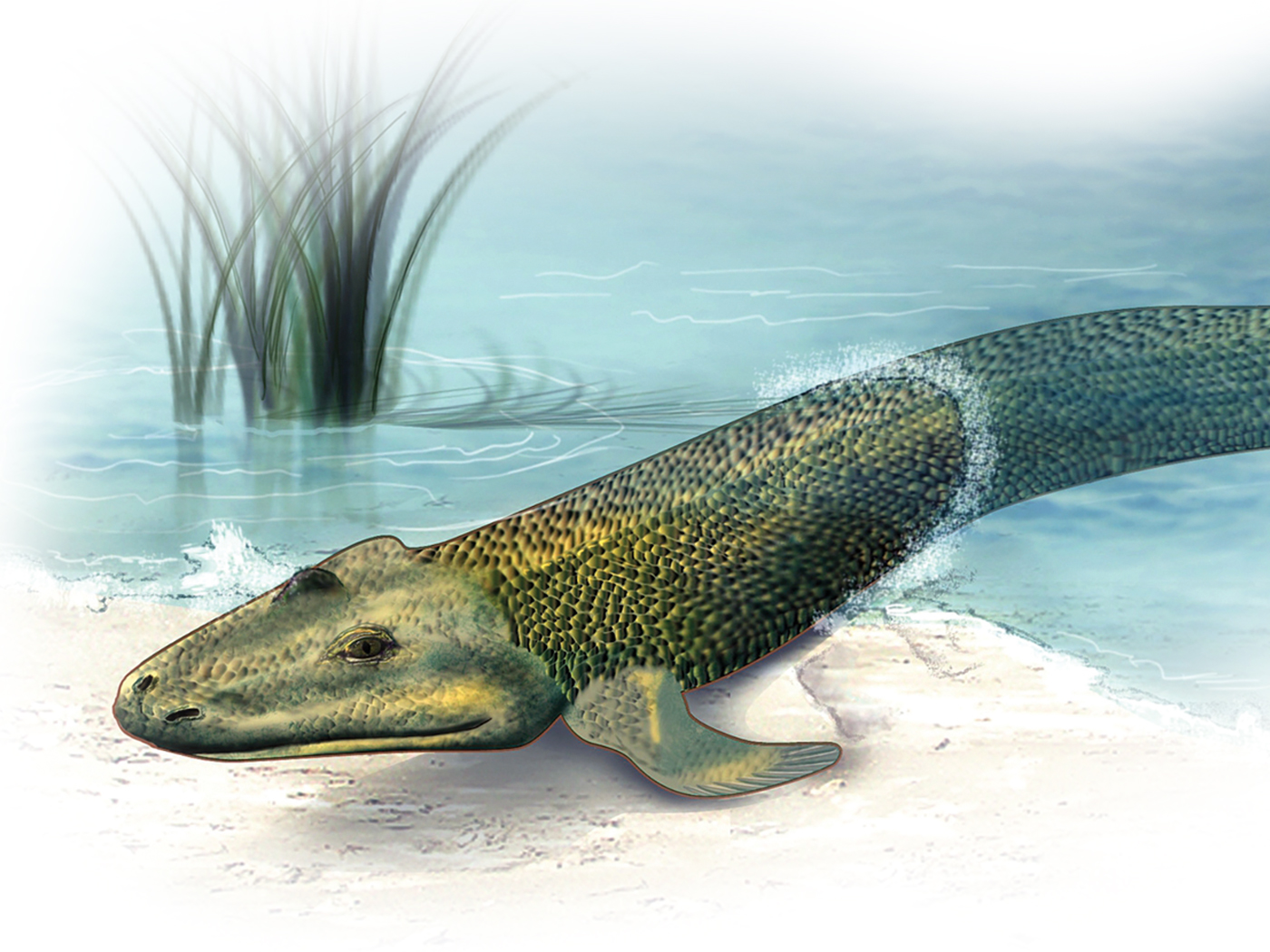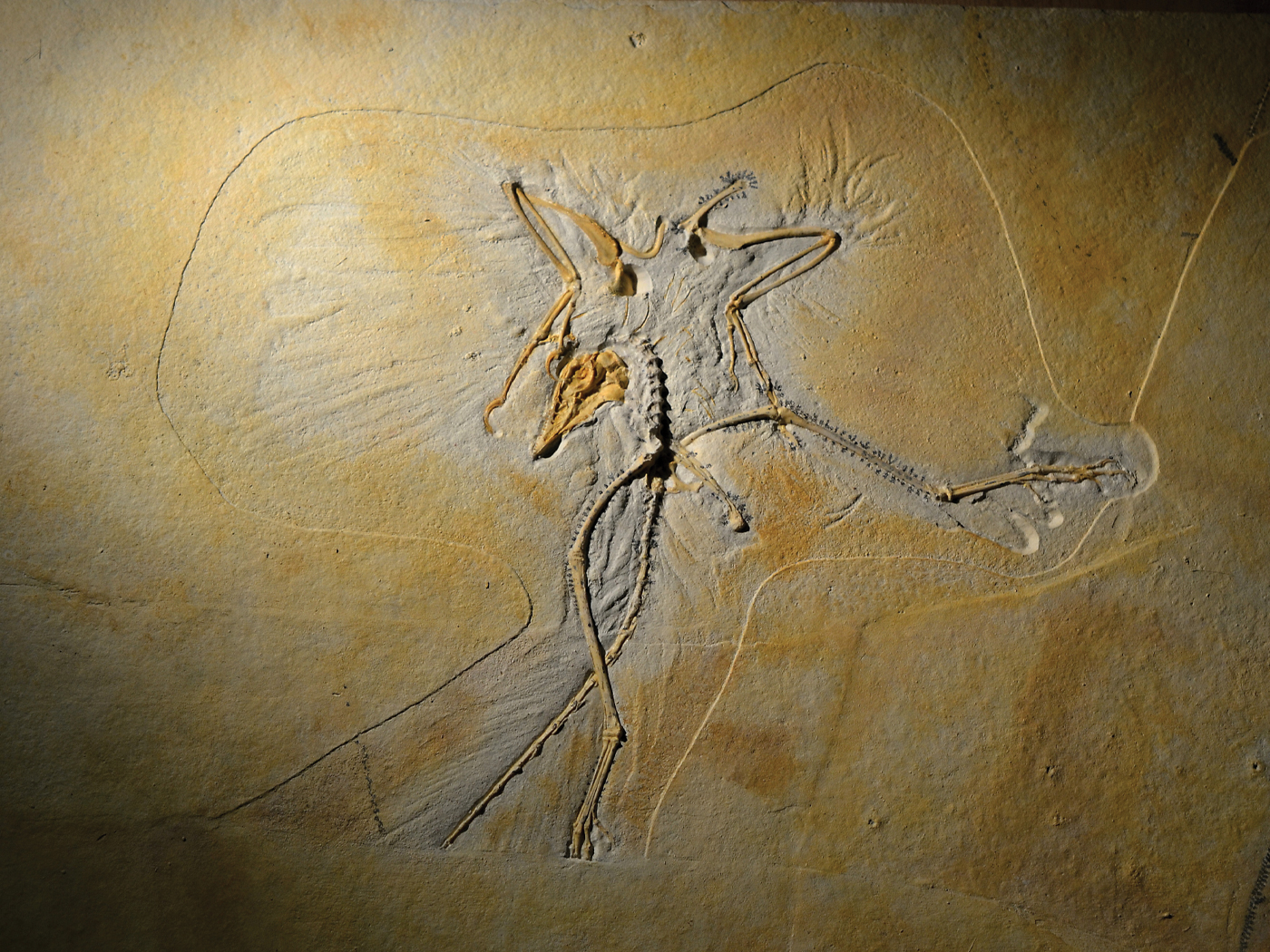Plants’ amazing sensor systems enable them to adapt in response to multiple environmental cues. Since plants can’t get up and move around, they have to grow, develop, and thrive where they are.
One of the key factors in a plant’s life cycle is processing sunlight in the form of duration (day length), light quality (wavelength), and light intensity. All of these interconnected light-related factors are monitored within the plant’s leaf cells by a family of sensor proteins called phytochromes.1 When the red to far-red region of the visible light spectrum changes during the day, or because of shade from neighboring plants, the conformation (3-D shape) of the phytochrome proteins becomes altered and they act like genetic switches. They turn on and off a whole host of genes that modify plant metabolism, physiology, growth, and development. Phytochromes also help set the plant’s circadian rhythm (day/night clock)in addition to telling the plant what time of year it is, when it should flower and make seeds, or go dormant for the winter.
Scientists have studied the roles of plant phytochrome sensors in relation to light regulation since the 1960s, but they’ve been baffled about how plants sense and regulate responses to temperature. In addition to light, temperature is a primary environmental variable that must be properly monitored and responded to for healthy plant growth, development, and physiology. The main problem in the scientific discovery process in isolating a temperature detector was that scientists never envisioned that a sensor such as a phytochrome could do anything but detect and respond to light—an already incredibly complex feat.
Now, through a series of serendipitous discoveries while studying plants with phytochrome mutants under different temperature regimes, researchers have unexpectedly uncovered an amazing example of complex engineered systems far beyond human reasoning and ingenuity.2,3 Not only are phytochromes able to detect different wavelengths of red to far-red light and then directly alter gene expression and a myriad of plant processes, they can sense and respond to temperature as well! This temperature-sensing capacity and seamless integration with the light sensory function is so finely tuned that it enables the plant to make a wide variety of adjustments in growth and development both during the night and during photosynthesis in daylight.
Evolutionary scientists did not predict such elaborate sensory integration in a single protein system. Such an amazing piece of engineering is way beyond human capability and speaks clearly that life was engineered by an omnipotent Creator.
References
- Xu, X. et al. 2016. Illuminating Progress in Phytochrome-Mediated Light Signaling Pathways. Trends in Plant Science. 20 (10): 641–650.
- Legris, M. et al. 2016. Phytochrome B integrates light and temperature signals in Arabidopsis. Science. DOI: 10.1126/science.aaf5656.
- Jung, J.-H. et al. 2016. Phytochromes function as thermosensors in Arabidopsis. Science. DOI: 10.1126/science.aaf6005.
* Dr. Tomkins is Director of Life Sciences at the Institute for Creation Research and earned his Ph.D. in genetics from Clemson University.














